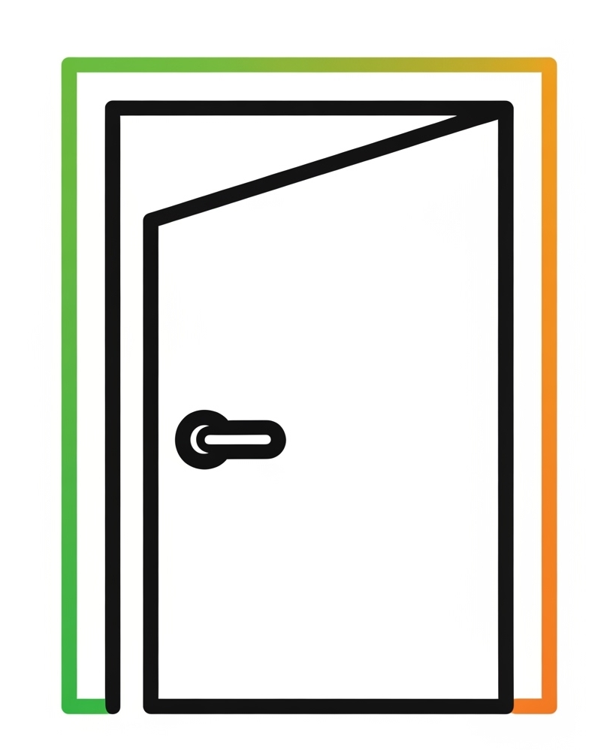The Slippery Slope: Identifying Signs of Problematic Kratom Use
- Ibogaquest

- Jul 13
- 2 min read

Problematic kratom use often begins subtly, mimicking the escalation seen with other substances. Initially, individuals might increase their dosage or frequency to achieve the desired effects, whether it’s pain relief, increased energy, or mood enhancement. A key red flag is a growing preoccupation with kratom – thinking about when the next dose will be, ensuring a supply is always available, or spending significant time and effort acquiring it. This mental focus can start to displace other interests and responsibilities, indicating that kratom is taking on an increasingly central role in the user’s life.
As use progresses, physical and psychological dependence can develop, manifesting in withdrawal symptoms when kratom is reduced or stopped. These symptoms can be similar to opioid withdrawal and include muscle aches, insomnia, irritability, runny nose, sweating, nausea, and diarrhea. The experience of these unpleasant sensations often drives continued use to avoid withdrawal, creating a self-perpetuating cycle. Users may also notice a tolerance developing, requiring larger doses to achieve the same effect, which further contributes to increased consumption and potential for harm.
Beyond individual symptoms, problematic kratom use begins to negatively impact various aspects of a person’s life. This could include a decline in performance at work or school, neglecting responsibilities, or experiencing financial difficulties due to the cost of purchasing kratom. Relationships with family and friends may suffer as the individual becomes more isolated, irritable, or less engaged in shared activities. Despite these negative consequences, the individual may continue to use kratom, demonstrating a lack of control over their consumption.
Another significant sign is the inability to cut down or stop kratom use despite a desire to do so. Individuals might make repeated, unsuccessful attempts to reduce their intake or quit entirely, only to relapse due to cravings or withdrawal symptoms. This loss of control can lead to feelings of frustration, guilt, and hopelessness. Deceptive behaviors, such as hiding kratom use from loved ones or lying about the amount consumed, also commonly emerge as problematic use escalates, indicating a growing sense of shame and a desire to conceal the extent of the issue.
Ultimately, problematic kratom use is characterized by a pattern of consumption that leads to significant distress or impairment. This includes continued use despite physical or psychological problems known to be caused or exacerbated by kratom, such as liver issues, constipation, or worsening mental health conditions. When kratom becomes a primary coping mechanism, leading to neglect of healthier alternatives or a failure to address underlying issues, it strongly suggests a problematic relationship with the substance that warrants concern and potentially, intervention.



Comments